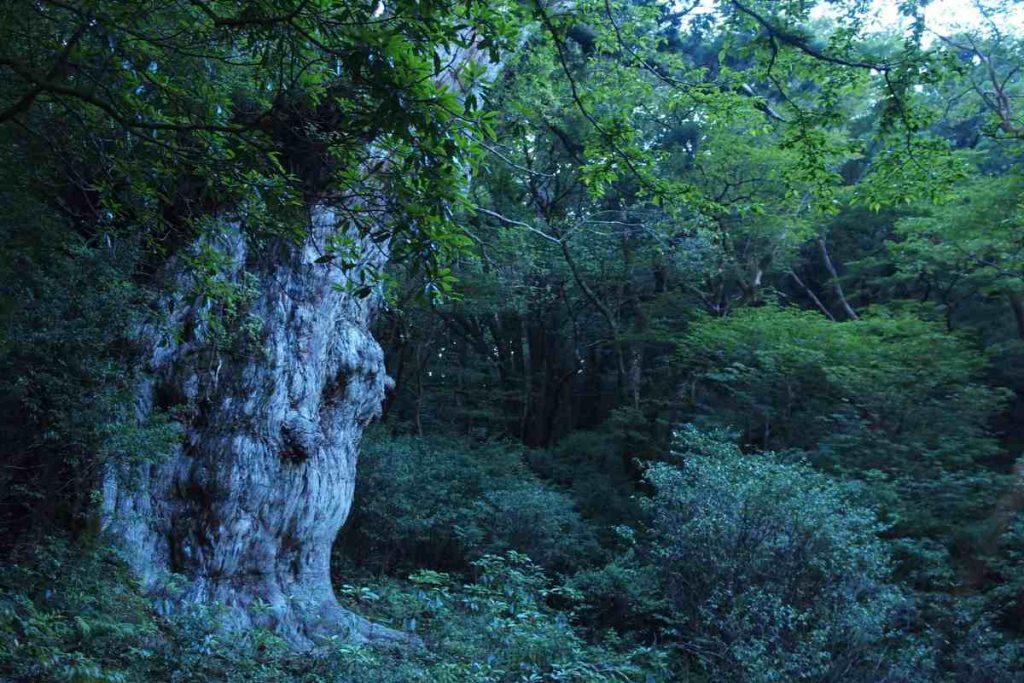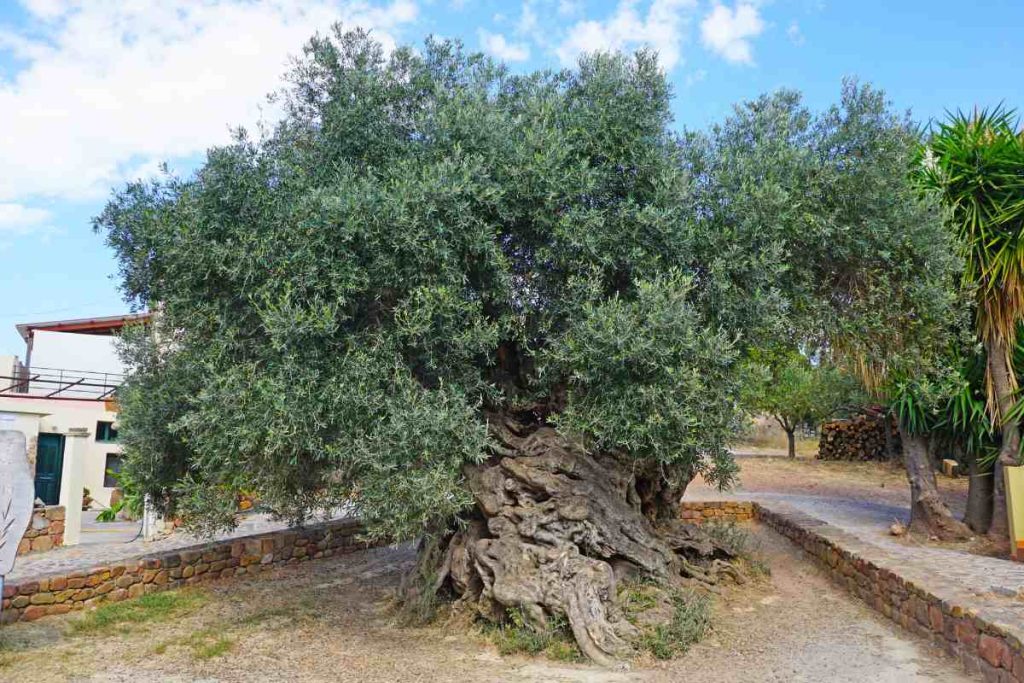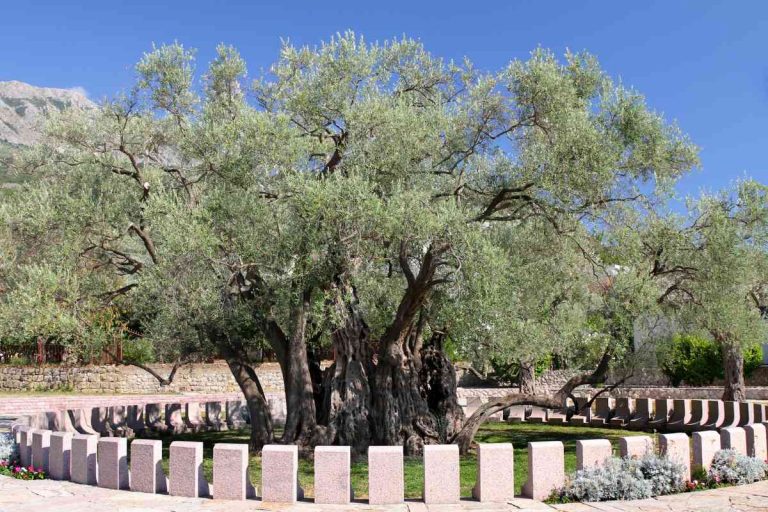Ancient trees have always held a particular fascination for humans. They stand as silent witnesses to the passage of time, their gnarled trunks and twisted branches telling stories of centuries gone by.
These ancient giants have weathered countless storms, witnessed the rise and fall of civilizations, and held within them a wealth of knowledge and wisdom.
This post will delve into the secrets of some of the world’s oldest living trees, exploring their significance and the lessons they can teach us.
Methuselah: Unearthing the Oldest Living Tree on Earth
One of the most famous ancient trees is Methuselah, a bristlecone pine in the White Mountains of California. Discovered in 1957 by a scientist named Edmund Schulman, Methuselah is estimated to be over 4,800 years old, making it the oldest known living tree on Earth. Its age is remarkable, considering it has survived countless droughts, fires, and harsh winters.
Methuselah’s resilience is a testament to the adaptability and endurance of bristlecone pines. These trees have evolved unique characteristics that allow them to thrive in harsh environments. Their twisted and gnarled branches help them withstand strong winds, while their dense resin protects them from insects and diseases. Bristlecone pines also have a slow growth rate, which allows them to conserve energy and survive in nutrient-poor soils.
Methuselah’s age also holds great significance in understanding climate change. By studying its growth rings, scientists can gain insights into past climate patterns and how they have changed. This information is crucial for predicting future climate trends and developing strategies to mitigate the effects of global warming.
The Bristlecone Pines: Guardians of Ancient Wisdom

Bristlecone pines are a species of pine tree that is native to the mountainous regions of the western United States. They are known for surviving in extreme conditions, including high altitudes, strong winds, and freezing temperatures. These ancient trees have adapted to their harsh environments over thousands of years, developing unique characteristics that allow them to thrive where other trees cannot.
One of the most remarkable features of bristlecone pines is their longevity. Many of these trees can live for thousands of years, with some reaching ages of over 5,000 years. Their slow growth rate and ability to withstand harsh conditions contribute to their incredible lifespan. Bristlecone pines also have a unique ability to repair themselves when damaged, allowing them to continue growing and surviving for centuries.
Bristlecone pines have played a significant role in scientific research. Scientists can gain insights into past climate conditions and environmental changes by studying their growth patterns and analyzing their tree rings. These ancient trees serve as living archives of history, providing valuable information about the Earth’s past and evolution.
The Great Basin Bristlecone Pine: A Testament to Endurance
The Great Basin bristlecone pine (Pinus longaeva) is a subspecies of bristlecone pine found in the mountain ranges of the Great Basin region in the western United States. These ancient trees are known for their ability to survive in some of the harshest environments on Earth, including high elevations, rocky soils, and extreme temperature fluctuations.
One notable Great Basin bristlecone pine is known as Prometheus. This tree was estimated to be over 4,900 years old when cut down in 1964, making it one of the oldest known trees. Its age was determined by counting its growth rings, a method that allows scientists to estimate the age of a tree based on the number of rings it has.
The Great Basin bristlecone pines have not only survived for thousands of years, but they have also witnessed significant historical events. Some of these ancient trees were alive during the construction of the Egyptian pyramids and the rise and fall of ancient civilizations. They have stood as silent witnesses to the passage of time, their twisted branches and weathered trunks telling stories of centuries gone by.
The Old Tjikko: Discovering the Ancient Spruce of Sweden
In the mountains of Sweden, there is a spruce tree known as Old Tjikko that has captured the attention of scientists and nature enthusiasts alike. Discovered in 2004 by a professor named Leif Kullman, Old Tjikko is estimated to be over 9,550 years old, making it one of the oldest known living trees in the world.
Old Tjikko’s age is remarkable, considering that it has survived countless ice ages and changing climate conditions. Its ability to adapt and endure in such harsh environments is a testament to the resilience of nature. The tree’s location in the mountains has protected it from human interference, allowing it to grow undisturbed for thousands of years.
The cultural and environmental significance of Old Tjikko cannot be overstated. It serves as a living monument to Sweden’s history and natural heritage, reminding us of our connection to the past and the importance of preserving our natural world. Efforts are underway to protect and preserve this ancient spruce tree, ensuring that future generations can continue to marvel at its beauty and learn from its wisdom.
The Jomon Sugi: Japan’s Ancient Cryptomeria Wonder

In the mountains of Yakushima Island in Japan, there is a cryptomeria tree known as Jomon Sugi that has captured the imagination of people around the world. Estimated to be between 2,170 and 7,200 years old, Jomon Sugi is one of Japan’s oldest known living trees and holds great cultural and spiritual significance.
The history of Jomon Sugi dates back to the Jomon period, which lasted from around 14,000 to 300 BCE. The tree’s age makes it a living witness to the ancient traditions and way of life of the Jomon people. It is believed that the tree was considered sacred by the indigenous people of Yakushima Island, who revered it as a symbol of longevity and wisdom.
Efforts are underway to preserve and protect Jomon Sugi, as its age and cultural significance make it a national treasure of Japan. The tree is located within a protected area, and visitors can only view it from a distance to minimize human impact. By safeguarding this ancient cryptomeria tree, Japan ensures that future generations can continue learning from its history and appreciate its beauty.
The Senator: A Glimpse into Florida’s Ancient Bald Cypress
In the heart of Florida, a bald cypress tree known as the Senator stood as a testament to the state’s natural heritage. Estimated to be over 3,500 years old, the Senator was one of the oldest known trees in Florida and held great significance for the local community.
Tragically, in 2012, the Senator was destroyed by a fire caused by a lightning strike. The community deeply felt the loss of this ancient tree, who had admired and cherished it for generations. However, the legacy of the Senator lives on through its offspring, which have been planted in various locations throughout Florida.
The impact of the Senator on the local community cannot be overstated. It symbolized resilience and endurance, reminding people of the importance of preserving and protecting our natural world. Efforts are underway to educate the public about the importance of fire safety and prevention, ensuring that such a tragedy does not happen again.
The Llangernyw Yew: Wales’ Living Connection to the Past
In the churchyard of St. Dygain’s Church in Llangernyw, Wales, a yew tree has stood for centuries. Known as the Llangernyw Yew, this ancient tree is estimated to be between 4,000 and 5,000 years old, making it one of the oldest known living trees in the United Kingdom.
The Llangernyw Yew holds great cultural and spiritual significance for the people of Wales. It is believed to have been planted during the Bronze Age and has witnessed significant historical events. The tree’s twisted branches and weathered trunk connect to the past, reminding us of our shared history and the importance of preserving our natural heritage.
Efforts are underway to preserve and protect the Llangernyw Yew, as its age and cultural significance make it a national treasure of Wales. The tree is located within a protected area, and visitors are encouraged to admire it from a distance to minimize human impact. By safeguarding this ancient yew tree, Wales ensures that future generations can continue learning from its history and appreciate its beauty.
The Olive Tree of Vouves: Greece’s Living Monument of History

In the village of Ano Vouves on the Greek island of Crete, an olive tree has stood for thousands of years. Known as the Olive Tree of Vouves, this ancient tree is estimated to be between 2,000 and 4,000 years old, making it one of the oldest known olive trees in the world.
The Olive Tree of Vouves holds excellent cultural and historical importance for the people of Greece. Olive trees have been cultivated in Greece for thousands of years and are deeply intertwined with the country’s history and mythology. They symbolize peace, fertility, and prosperity, and their oil has been used for cooking, lighting, and religious ceremonies.
Efforts are underway to preserve and protect the Olive Tree of Vouves, as its age and cultural significance make it a national treasure of Greece. The tree is located within a protected area, and visitors are encouraged to learn about its history and importance. By safeguarding this ancient olive tree, Greece ensures that future generations can continue to learn from its history and appreciate its cultural significance.
The General Sherman: California’s Mighty Giant Sequoia
In the heart of California’s Sequoia National Park is a giant sequoia tree known as General Sherman that stands as a testament to the awe-inspiring power of nature. Estimated to be over 2,200 years old, the General Sherman is not the oldest known tree in the world but is the largest by volume.
The General Sherman stands at a height of 275 feet and has a diameter of over 36 feet at its base. Its massive size and towering presence have captivated visitors worldwide, who marvel at its grandeur and appreciate its beauty. The tree’s age and size make it a living monument to the power and resilience of nature.
Efforts are underway to protect and preserve General Sherman, as its age and significance make it an iconic symbol of California’s natural heritage. The tree is located within a protected area, and visitors are encouraged to learn about its history and importance. By safeguarding this ancient giant sequoia, California ensures that future generations can continue learning from its history and appreciate its beauty.
Watch More About Top 10 oldest trees on Earth
The Importance of Ancient Giants
In conclusion, ancient trees hold a special place in our world. They are living monuments of history, standing as silent witnesses to the passage of time. The stories they tell and the wisdom they hold are invaluable, reminding us of our connection to the past and the importance of preserving our natural world.
The lessons we can learn from these ancient giants are numerous. They teach us about resilience, adaptability, and the power of endurance. They remind us of the fragility of our planet and the need to protect and preserve our natural resources. They inspire us to appreciate the natural world’s beauty and wonder and strive for a more sustainable future.
Preserving and protecting these ancient trees is essential for their cultural and historical significance and the valuable insights they provide into our planet’s past and future. By studying their growth patterns, analyzing their tree rings, and understanding their unique adaptations, scientists can gain valuable knowledge about climate change, environmental changes, and the long-term effects of human activity.
More Sources: The Majestic Ginkgo Tree: A Timeless Beauty That Defies the Ages


